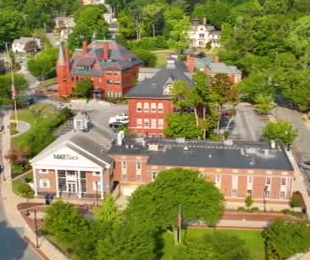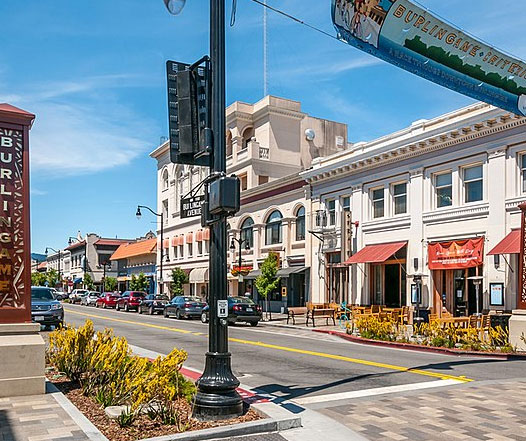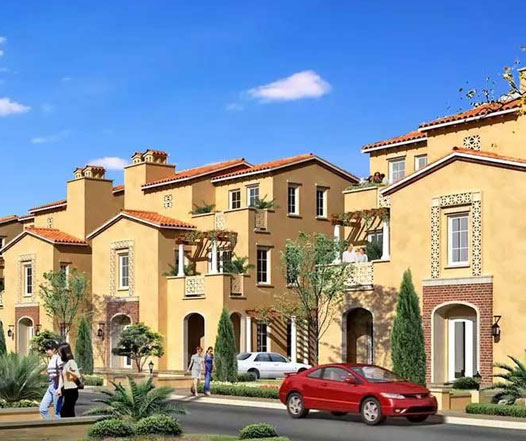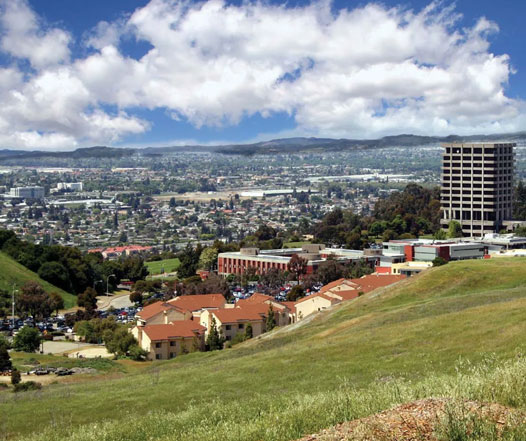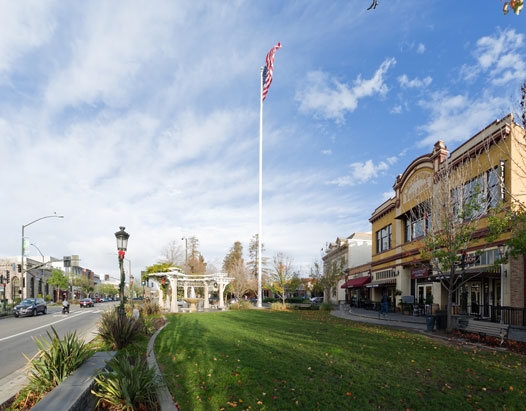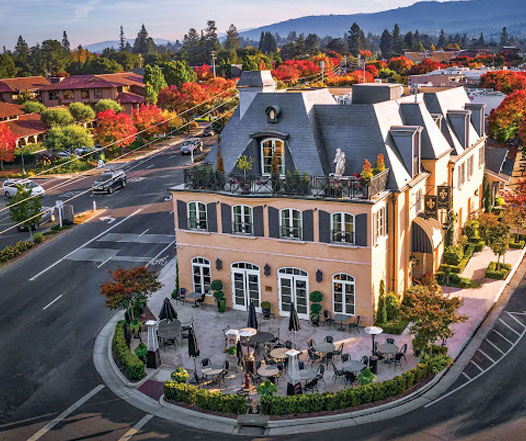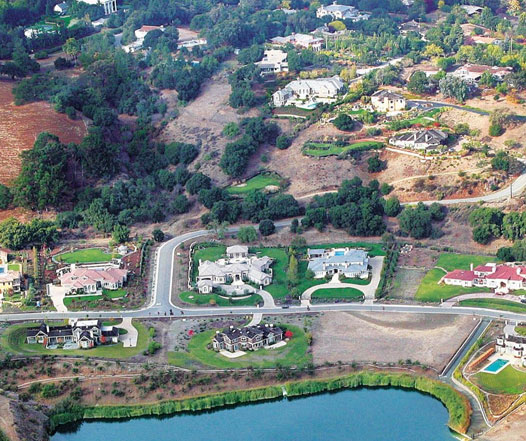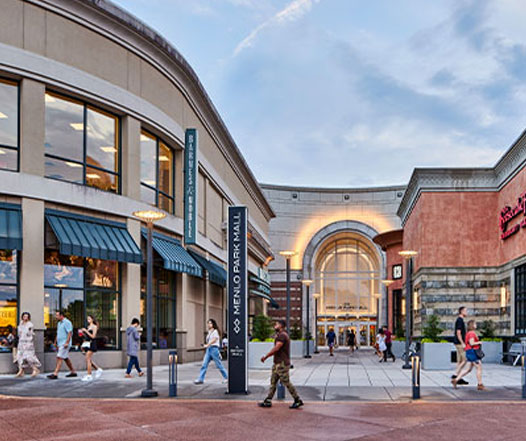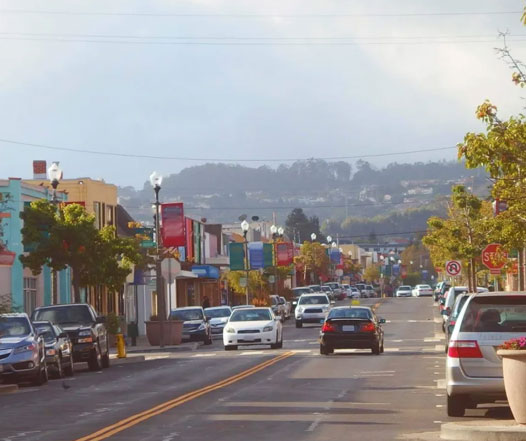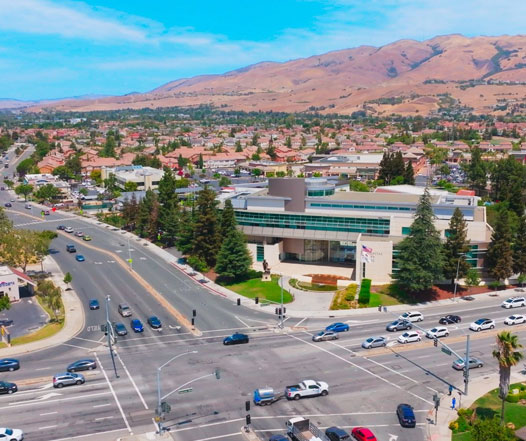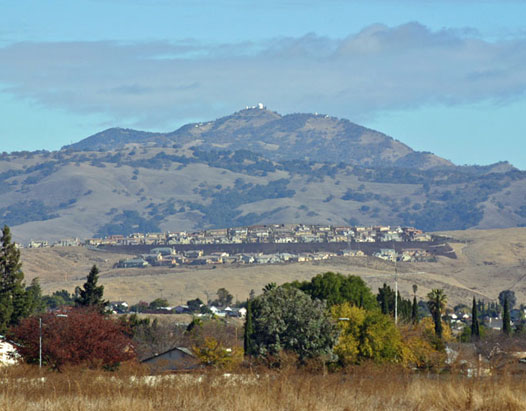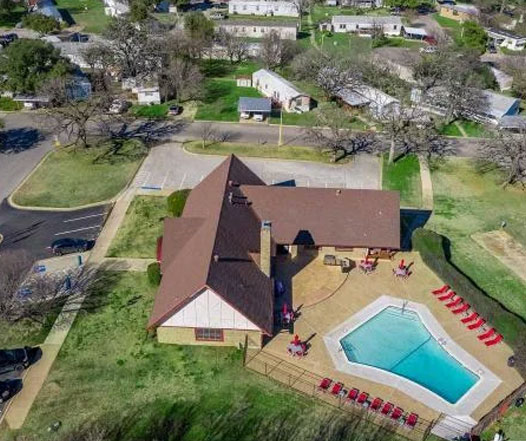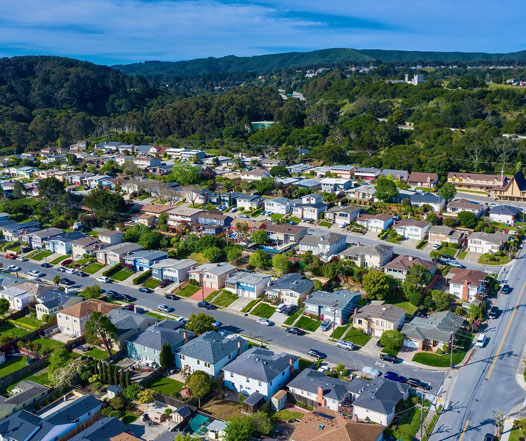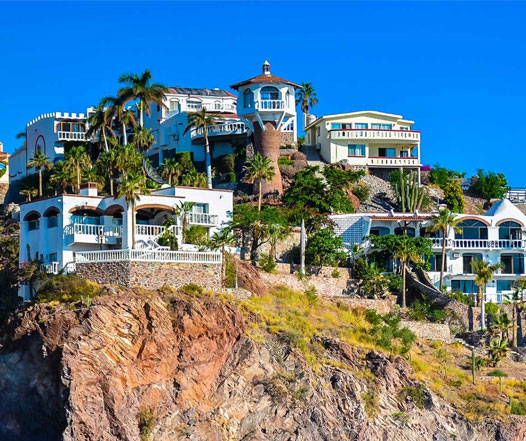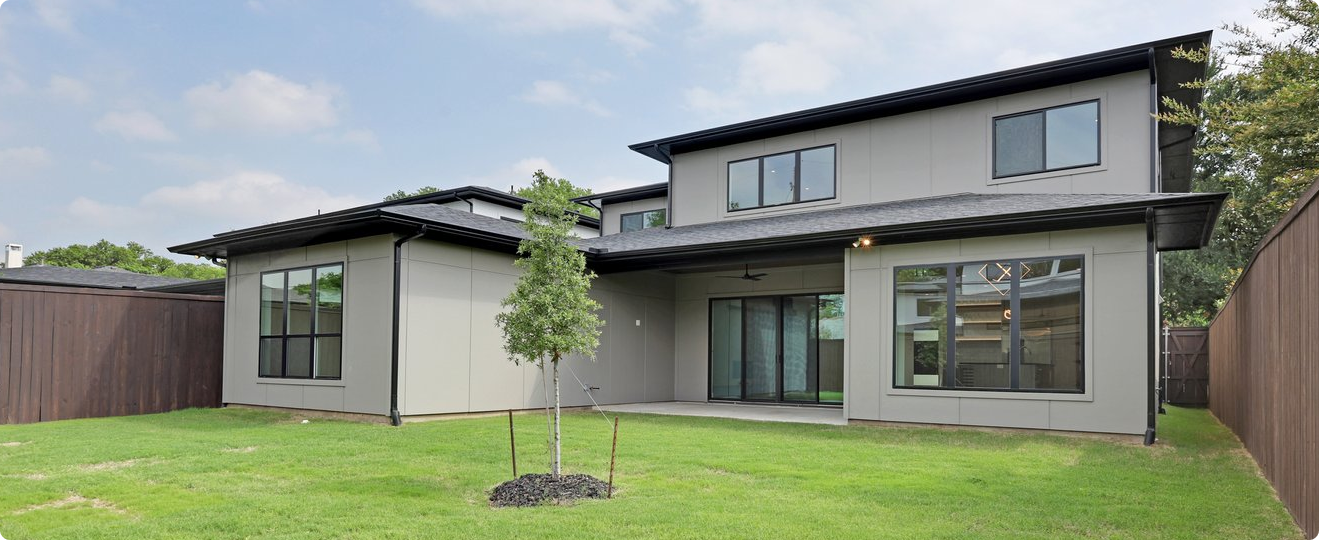
Introduction
Home additions in Redwood City are becoming more popular than ever. Many people want bigger houses without moving. A home addition lets you stay in the place you love while getting more room. It can give you a new bedroom, a bigger kitchen, or a cozy family room. Home additions also make your house worth more money. They let you change your home to fit your needs as your family grows. In Redwood City, home additions are a smart way to make your house better without leaving your neighborhood.
Vital Guidelines for Home Additions in Redwood City
What is Permissible
Maximum Addition Size
You can add up to 50% of your current house size or 1,500 square feet, whichever is smaller.
Height Restrictions
Your house can’t be taller than 30 feet after the addition, measured from the ground to the roof peak.
Setback Requirements
You must keep 15 feet from the front, 5 feet from the sides, and 20 feet from the back of your property.
Floor Area Ratio (FAR):
Your total house size, including the addition, can’t be more than 45% of your lot size.
Permitting Process Timeline
Standard
Regular home additions usually take about 3-4 months to get all the needed permits from the city.
Historic Property
If your house is old or special, getting permits might take 6-8 months because of extra checks.
Crucial Zoning Regulations in Redwood City
Zoning rules in Redwood City help keep neighborhoods looking nice. They control how big houses can be and where they can be built.
Size Limitations for Home Additions
| Zoning District | Maximum Addition Size | Notes |
| R-1 (Single Family) | 1,500 sq ft or 50% of existing | Whichever is less |
| R-2 (Two Family) | 1,200 sq ft or 40% of existing | Whichever is less |
| R-3 (Multi-Family) | 1,000 sq ft or 30% of existing | Whichever is less |
| RH (Hillside) | 800 sq ft or 25% of existing | Whichever is less |
Height Limitations
- Single-family zones: Houses in these areas can be up to 28 feet tall, which is about two stories high.
- Multi-family zones: Buildings here can be up to 35 feet tall, allowing for three-story apartment buildings.
Building Coverage Rules
Your house and addition together can’t cover more than 40% of your lot. This leaves room for your yard.
Location Requirements
- Front additions: Must be at least 20 feet from the street to keep the neighborhood looking open and friendly.
- Side additions: Need to be 5 feet away from your property line to give space between houses.
- Rear additions: Should be 15 feet from the back of your property to leave room for a backyard.
Exterior Details
New parts of your house should match the old parts in style and materials to look good.
Parking
For every new bedroom you add, you need to add half a parking space to your property.
Guidelines for Obtaining Permits for Home Additions in Redwood City
Before starting your home addition, you need to get permits. These make sure your project is safe and follows the rules.
| Permit Type | Description | Estimated Fee |
| Building Permit | Main permit for construction | $1,200 - $2,500 |
| Plan Check Fee | City reviews your building plans | $800 - $1,500 |
| Electrical Permit | For new wiring and outlets | $150 - $300 |
| Plumbing Permit | For new pipes and fixtures | $150 - $300 |
| Mechanical Permit | For heating and cooling systems | $150 - $300 |
| Planning Review | Checks if plans follow zoning rules | $500 - $1,000 |
| School Impact Fee | Helps local schools | $3.20 per sq ft |
Property Compliance Requirements
Your property must meet certain rules before you can add to it. These rules help keep the neighborhood nice for everyone.
Parking
You need one parking spot for each bedroom in your house, including the new ones you’re adding.
Setbacks
Your addition must be a certain distance from your property lines. This keeps houses from being too close together.
Open Space and Yards
At least 30% of your lot must be open space, like a yard, to keep the area green.
Eligible Properties for Home Additions
To determine your property’s eligibility for a home addition: Check your property’s zoning and current size. Most houses in residential areas can have additions if they follow the rules.
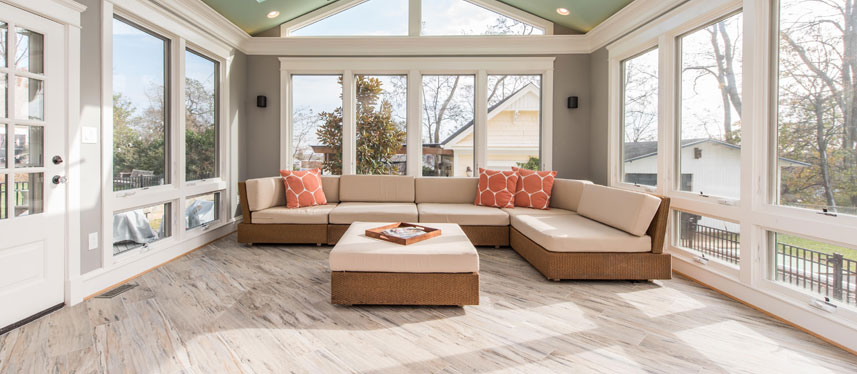
Other General Plan Designations That May Allow Home Additions
- Low-Density Residential: This area allows single-family homes and small additions to keep the neighborhood quiet and spacious.
- Medium-Density Residential: You can build bigger additions here, often for houses with multiple families or apartments.
- Mixed-Use: These areas allow both homes and businesses. You might be able to add to your home above a shop.
Development standards
Single-family Homes
Can add up to 50% more space or 1,500 square feet, whichever is smaller. Must keep the house style.
Multi-family Properties
Can add 30% more space or 1,000 square feet per unit. Must provide extra parking for new bedrooms.
Historic Properties
Additions must match the old style exactly. Special rules apply to keep the house’s historic look.
Property Designations
- Flood Zones: If your house is in a flood zone, you might need to build the addition higher off the ground.
- Liquefaction Zones: Houses in these areas need stronger foundations for additions to prevent damage in earthquakes.
- Historic Districts: Additions in these areas must look like the old houses around them to keep the neighborhood’s character.
- Coastal Zone: If you’re near the coast, you might need special permits to protect the beach and sea views.
Summary
Home additions in Redwood City can transform your living space, giving you room to grow without leaving your beloved neighborhood. By following the city’s guidelines, you can create a bigger, better home that fits your needs and adds value. Remember to check zoning rules, get the right permits, and respect your property’s unique features. With careful planning, your home addition can be a rewarding project that enhances your life in Redwood City.
FAQs
A typical home addition in Redwood City usually takes 4-6 months to complete. This includes getting permits, which can take 1-2 months, and the actual construction, which often lasts 3-4 months. Bigger projects might take longer.
Yes, you can often add a second story to a single-story home in Redwood City. However, you must follow height limits, which are usually 28 feet for single-family homes. You’ll need special permits and structural checks.
Yes, Redwood City encourages green building. New additions must meet energy efficiency standards. This includes using good insulation, energy-saving windows, and water-saving fixtures. Solar panels are also encouraged but not required.
While not always required, hiring an architect is highly recommended for home additions in Redwood City. They can help design a addition that meets city rules and looks good. For big or complex projects, an architect is often needed.
Yes, Redwood City has noise rules for construction. Usually, you can only work from 7 AM to 8 PM on weekdays, and 9 AM to 8 PM on weekends and holidays. Very loud work might have stricter time limits.
In most cases, you can live in your house during a home addition in Redwood City. However, it depends on the size and type of addition. For big projects or those affecting main living areas, you might need to move out temporarily.
Adding a pool house or guest house in Redwood City is possible but has special rules. These are called “accessory dwelling units” (ADUs). They have size limits, usually can’t be rented out separately, and need their own permits.
In most Redwood City zones, your home addition must be at least 5 feet from side property lines and 15 feet from the back property line. Front additions usually need to be 20 feet from the street.
Yes, you can appeal if your home addition permit is denied in Redwood City. You’ll need to file an appeal with the Planning Commission within 15 days of the denial. They’ll review your case and make a final decision.
Yes, homes in Redwood City’s historic districts have special addition rules. Your addition must match the home’s original style and materials. You’ll need approval from the Historic Resources Advisory Committee before getting regular permits.
Adding a rooftop deck is possible in Redwood City, but it has strict rules. The deck can’t go above height limits, must have safety railings, and can’t overlook neighbors’ private spaces. Special permits are usually needed.
Yes, fire safety is important for home additions in Redwood City. You might need to add smoke detectors, fire-resistant materials, and maybe sprinklers. Bigger additions or those changing the house layout often need a fire department review.
Yes, you can add an elevator to your home in Redwood City. It’s a good way to make multi-story homes more accessible. You’ll need special permits, and the elevator must fit within your home’s height limits and setbacks.
Redwood City has rules about windows in home additions to protect privacy. Windows facing neighbors’ yards or homes might need to be smaller, higher up, or use frosted glass. The exact rules depend on your location and addition design.

